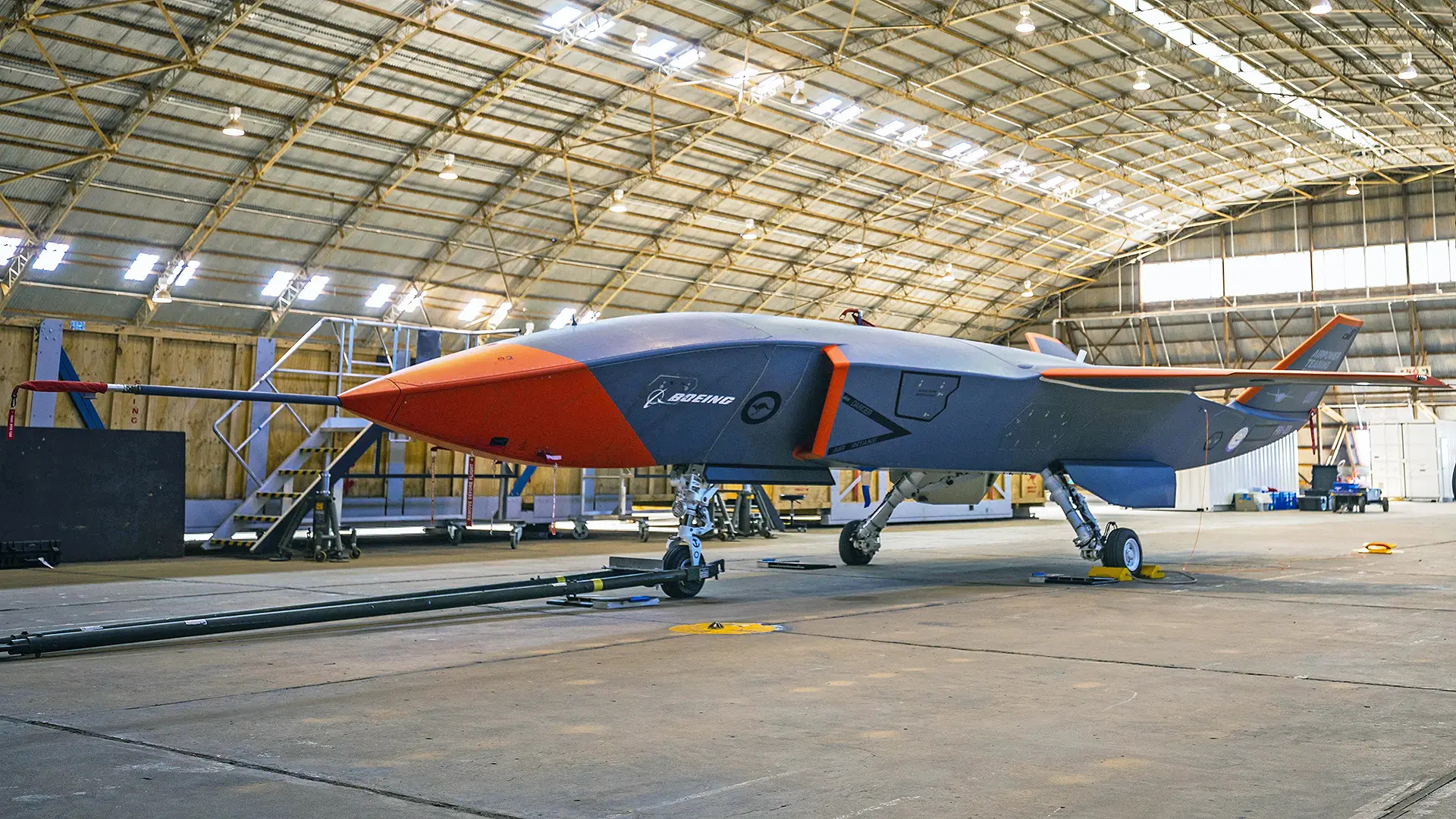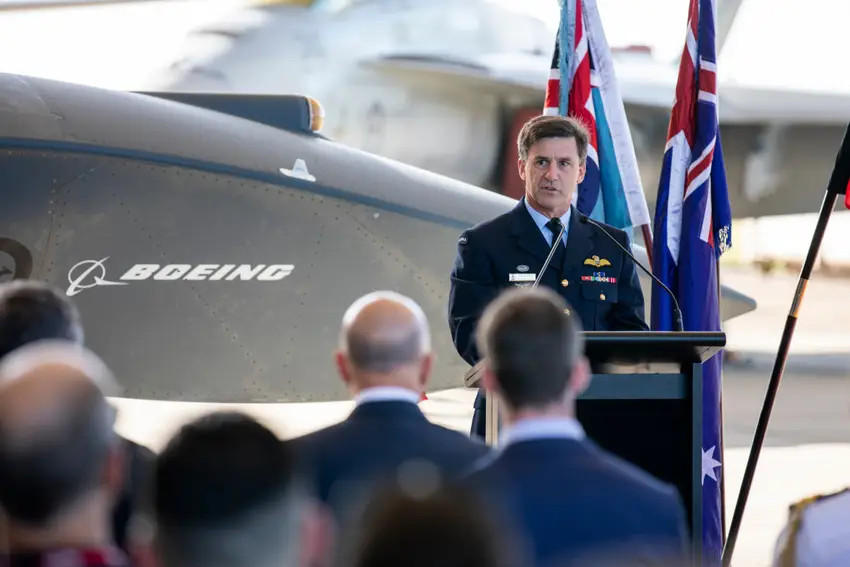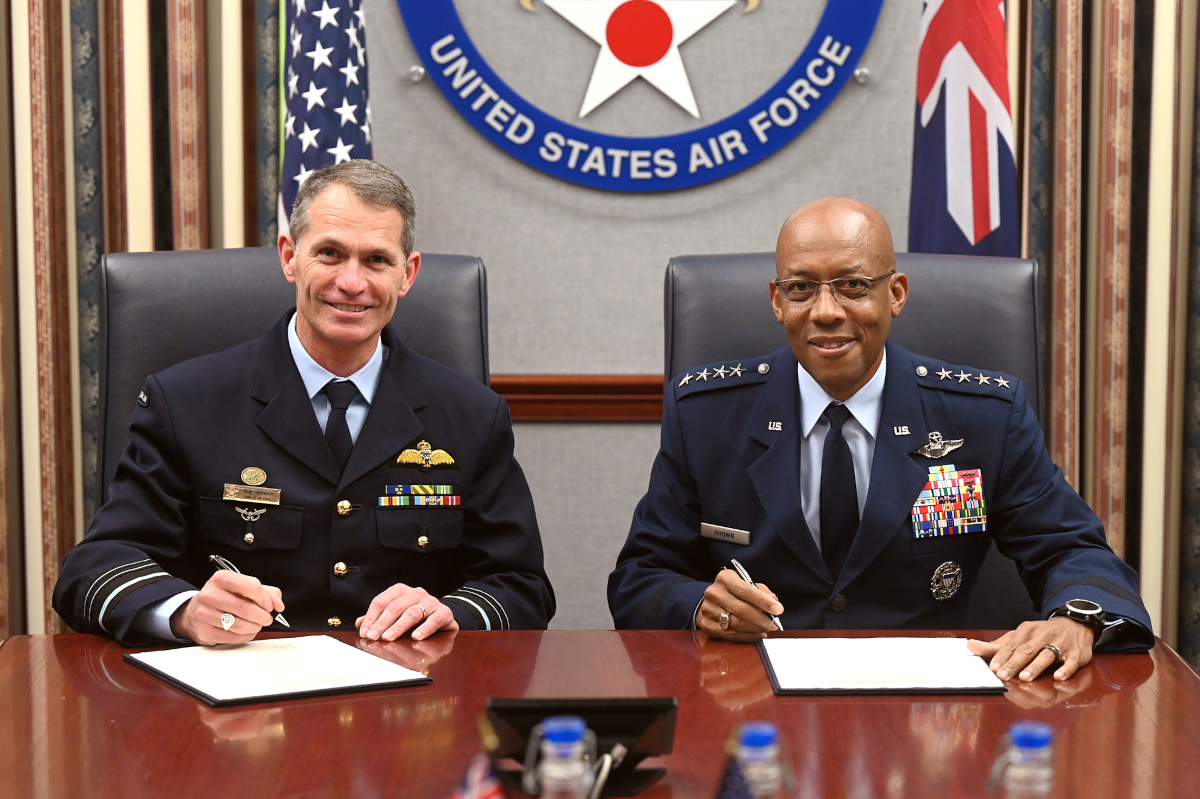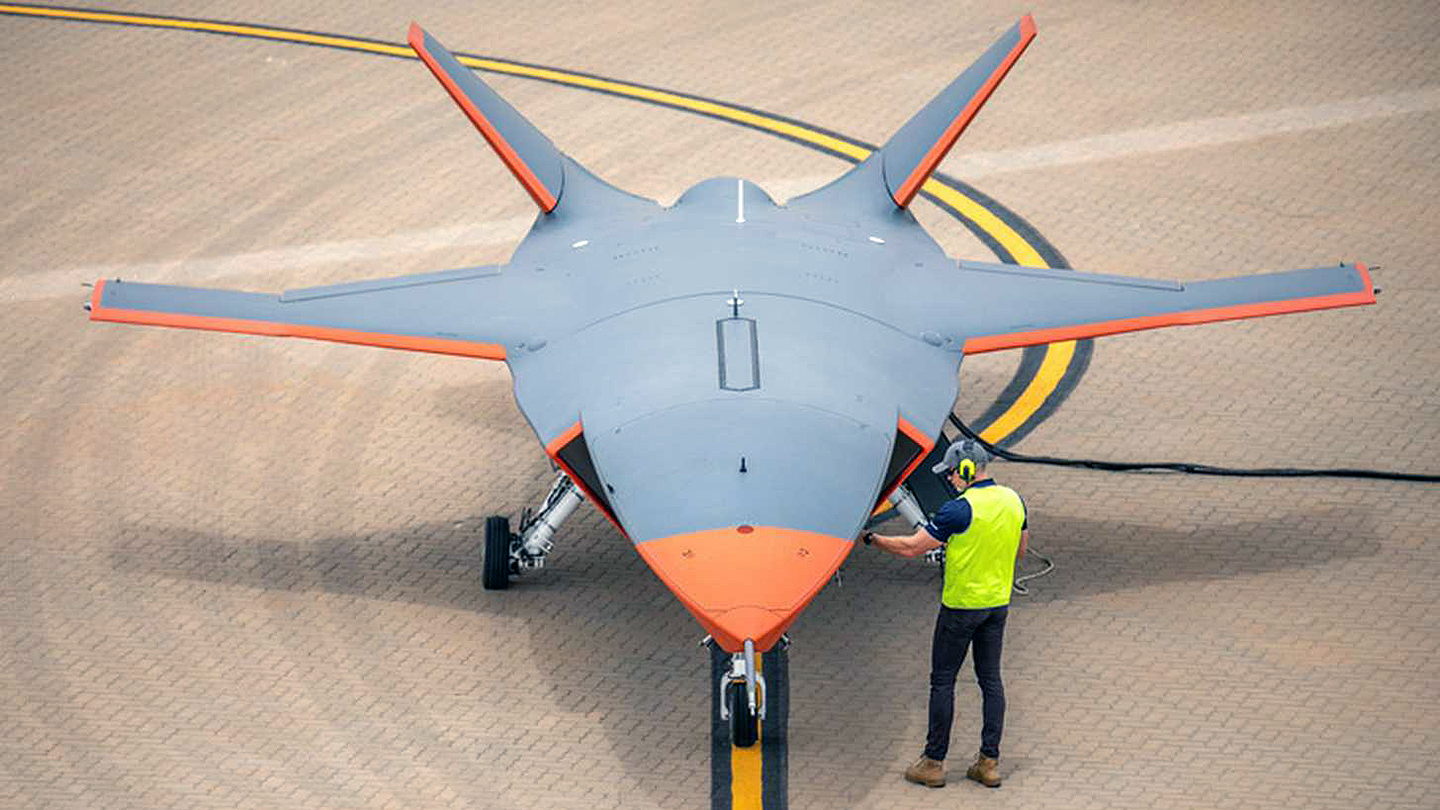The Pentagon has confirmed that it will be using a Boeing MQ-28 Ghost Bat drone, an advanced uncrewed design developed and produced by the company’s division in Australia, for research and development purposes in cooperation with the U.S. Air Force. The Air Force also recently announced that Chief of Staff Gen. Charles Q. Brown and his Royal Australian Air Force counterpart Air Marshal Robert Chipman had signed a new agreement to strengthen the already significant relationship that exists between the two services.
Breaking Defense was the first to report on the U.S. military’s planned use of the MQ-28 earlier today. The acquisition came through the Office of the Undersecretary of Defense for Research and Engineering, or OUSD (R&E). Heidi Shyu, the current Undersecretary of Defense for Research and Engineering, also serves as the Department of Defense’s Chief Technology Officer (CTO).

OUSD (R&E) “continually works with the services to validate technologies that are key to advancing and fielding next generation capabilities,” Navy Lt. Cdr. Tim Gorman, a Pentagon spokesperson, told Breaking Defense.
The outlet said it had been tipped off to this development by Air Force Lt. Gen. Clint Hinote, that service’s Deputy Chief of Staff for Strategy, Integration, and Requirements, an office also referred to as Air Force Futures, in an interview in September. Hinote said that the Air Force was “getting ready to take delivery” of an uncrewed aircraft through OUSD (R&E) and that “it might look a lot like an Australian thing.”
It’s not immediately clear if the OUSD (R&E) and the Air Fore have only acquired one MQ-28 or a single ghost bat “system” that includes multiple airframes. In August, the Air Force did disclose that Boeing had brought at least one MQ-28 Ghost Bat into the United States for unspecified reasons. Whether or not this is the same drone that will be used to support U.S. military research and development efforts is unclear, but the timing of the various official statements makes it possible, if not very probable.

It’s also unclear how specifically the Department of Defense and the Air Force will utilize the MQ-28. However, Breaking Defense said that Lt. Gen. Hinote had indicated that the drone would help his service get a firmer grasp on what it wants out of a planned family of future uncrewed aircraft, currently referred to collectively as Collaborative Combat Aircraft (CCA), which are intended to work closely with, but not necessarily be intricately controlled by crewed platforms.
“We’re trying to learn off these prototypes to get some of that data that we need,” Hinote explained, according to Breaking Defense. “That will help us understand what the real buy looks like. And I think the real buy is actually … [a] family [of drones], and that family could be multiple vendors, multiple architectures.”
“The first one sucks. Just always keep that in mind,” he added. “Article one of anything we buy is not what we really want.”
This is all in line with remarks from Secretary of the Air Force Frank Kendall earlier this year, where he said that the Ghost Bat might be a useful “risk-reduction mechanism” to support work related to the Next Generation Air Dominance (NGAD) program. CCA is one of many components of the overarching NGAD effort, which also includes the development of a sixth-generation stealthy crewed combat jet, along with new weapons, sensors, networking and battle management capabilities, jet propulsion technologies, and more, as you can read more about here. Future CCAs would likely operate cooperatively with legacy 4th and 5th-generation Air Force fighters, as well.
Ghost Bat, which Boeing originally developed for Royal Australian Air Force’s (RAAF) Airpower Teaming System (ATS) loyal wingman drone program and made its first flight last year, has long appeared to be its most obvious path into the CCA arena. The MQ-28 is designed to be highly adaptable, leveraging a modular physical structure, including an interchangeable nose, and open-architecture systems. The RAAF is actively conducting ground and flight testing with examples it has already acquired, and earlier this year publicly showed one of the drones fitted with an infrared search and track system (IRST) in the nose, as seen in the picture below.

Boeing had planned to provide at least one example of this drone, or a variant or derivative thereof, to support the Air Force’s Skyborg program. The Air Force disclosed earlier this year that Boeing’s involvement had come to an end without the delivery of any aircraft. Skyborg, which is still ongoing, has been focused on the development of an artificial intelligence (AI) driven “computer brain” and other associated systems intended that could be used to operate various types of highly autonomous uncrewed aircraft, and will feed into the CCA program.

More details about how the MQ-28 is being used may emerge as Air Force gets closer to kicking off a formal CCA competition, which the service has said it expects to come in the 2024 Fiscal Year, which begins on October 1, 2023. At the same time, Secretary Kendall has indicated that this will likely be a highly classified program. That being said, General Atomics, Lockheed Martin, and Northrop Grumman have all already laid out plans for families of uncrewed aircraft and related technology developments that are explicitly or implicitly aimed at meeting the Air Force’s still-evolving CCA requirements.

Given OUSD (R&E)’s involvement, it is possible that the MQ-28 could support other research and development or test and evaluation efforts within the Air Force or other services. The U.S. Navy, for instance, has its own NGAD program, which is technically separate, but still understood to be heavily intertwined with the Air Force’s effort.
The acquisition of the MQ-28 also underscores deep relationships between the U.S. Air Force and RAAF, as well as the U.S. and Australian militaries more generally. A number of unusual and still largely unexplained flights in recent years by RAAF C-17A Globemaster III cargo planes to the secretive Tonopah Test Range Airport is an example of this existing cooperation, and has already prompted questions about possible work the two countries may be conducting together on advanced aviation programs. At least some of the RAAF C-17 flights originated at RAAF Amberly, a base that is home to the country’s Globemaster III and is a hub for ATS/MQ-28 testing.
Last week, the Air Force also announced that it had signed a new Joint Vision Statement with its Australian counterparts.
“The objective in the Joint Vision Statement is to generate airpower that supports mutual national security approaches to deter aggression and confront threats to a free, stable, and open international system,” according to an Air Force release. “This will be accomplished through regional engagement; effective information sharing; shared approaches to security challenges; and credible, sustainable, and interoperable air forces across the Indo-Pacific region.”

“The relationship between the U.S. and Australia dates back more than 100 years,” Air Force Chief of Staff Gen. Brown said in a statement. “Signing the Joint Vision Statement represents another step in the long-term, enduring commitment we have to the future and to the security of our two countries.”
“Our increasing levels of interoperability are based on a rich history of operating together,” RAAF Air Marshal Chipman added in his own statement. “We will continue to design our forces to survive and succeed by rapidly building the capacity, concepts, and capabilities necessary for tomorrow’s emerging threats, while enhancing combined operations expertise for today’s challenges.”
With regards to the MQ-28, it very much remains to be seen how the Air Force, together with the Pentagon, will now put the drone to work. What is clear is that they are making use of an advanced design that is available and flyable now as the Air Force moves ahead with its broader uncrewed aircraft plans.
Contact the author: joe@thedrive.com
